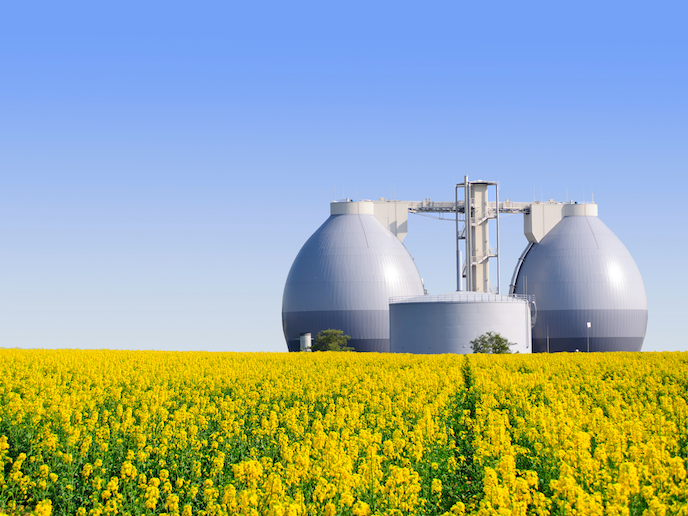Closing the biogas loop
The use of biogas is on the rise. Produced by the breakdown of organic matter such as agricultural and municipal waste, manure, plant and food waste, and sewage, biogas is cleaner than other types of biofuels. The problem, however, is that in addition to creating biogas, the anaerobic digestion process also creates organic waste, called digestate. This digestate is usually very wet, making it difficult to transport and distribute the nutrients found in it. Although digestate can also be dried and burned, doing so releases harmful carbon gases into the air and essentially cancels out many of the benefits that biogas offers. The EU-funded BioFuel Fab project is working to close this loop. To do so, it is developing a self-sustainable energy solution that ensures the entire biogas production process is both economically profitable and environmentally sustainable. “To replace fossil fuels, we created a lucrative solution that provides affordable, clean and storable bioenergy,” says Petteri Salonen, CEO of Finrenes, a Finland-based biofuels company and lead partner of the BioFuel Fab project.
Turning a challenge into an opportunity
The BioFuel Fab solution’s differentiator is that in addition to creating biogas, it also uses the leftover digestate. “We realised that any energy production process that included incinerating biomass would not be supported in the future,” explains Salonen. “We turned this challenge into an opportunity and started using the digestate as an economic resource for carbon capture and storage, nutrient recycling and storm water management.” The process begins by collecting woody waste resources, such as small trees, branches, bark, straw, grass and manure. Once broken down, the biogas is removed and reformed into biomethane that can be used to power vehicles or create electricity. Then, instead of burning the digestate, BioFuel Fab converts it into organic brown pellets that can serve several purposes. “These brown pellets can be used as a renewable fuel alternative to fossil-based coal or to manage storm water drainage,” remarks Salonen. “They can also be used as an organic fertiliser, where they actually capture carbon and provide valuable nutrients to plants.”
One step towards a carbon-free future
During the project, researchers successfully validated the feasibility of the process itself and the viability of its business potential. “We proved that our solution is feasible on a European scale,” adds Salonen. “Although it alone won’t be the answer to a carbon-free future, it will play an essential role in replacing fossil fuels while also using carbon capture to compensate for the remaining emissions.” The company is currently working to secure phase 2 funding. This funding will be used to build the BioFuel Fab processing plant and begin the process of bringing its technology, biogas and brown pellets to market. “Our ultimate goal is to show how all types of waste can be used as a resource for building a better, more sustainable future,” concludes Salonen.
Keywords
BioFuel Fab, biogas, biofuels, sustainable, digestate, fossil fuels, bioenergy, carbon capture, biomethane



